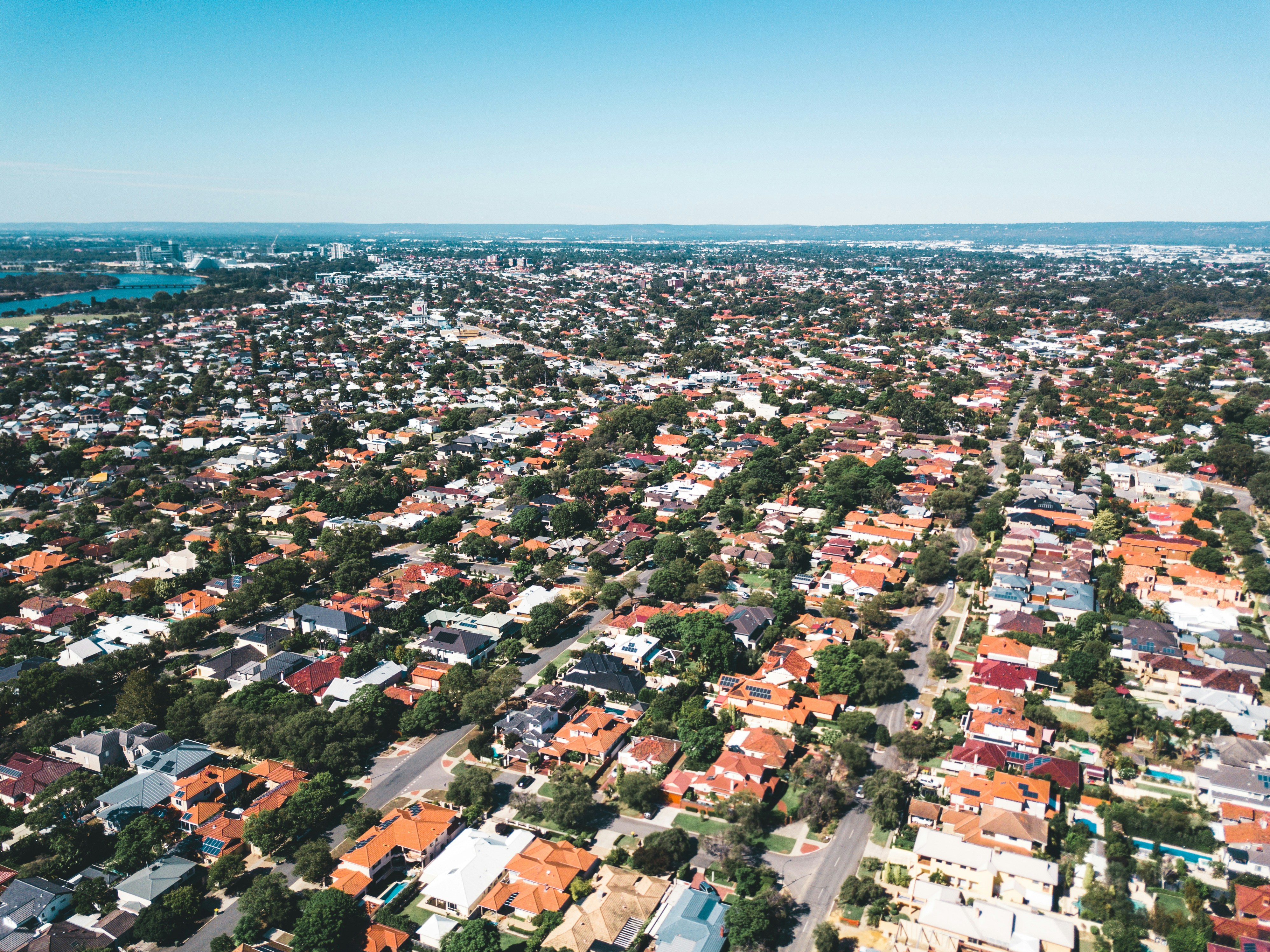Long anticipated green shoots are emerging in the property market. The latest figures from CoreLogic indicate house prices grew 0.8% over November 2020.
November has been the second month to see an uplift in property values nationally.
The growth in November was double that of the month before; in October, Australia’s real estate prices nudged up by 0.4%.
This follows about half a year of falling prices month-on-month nationally, between April and September.

Looking from a longer-term perspective, housing values climbed by 3.1% in the past year, despite the doom and gloom of COVID-19.
Rapid recovery in the property market
Remarkably, next month could see the real estate market picking itself up from its COVID-19 declines, according to CoreLogic Head of Research Tim Lawless.
“The national home value index is still seven tenths of a per cent below the level recorded in March, but if housing values continue to rise at the current pace, we could see a recovery from the COVID downturn as early as January or February next year,” he said.
“The recovery in Melbourne, where home values remain 5% below their recent peak, will take longer.”
Yet even Melbourne, which went into extensive stage four lockdowns between August and October, is enjoying some good news.
The Victorian capital has pulled itself back into positive territory, with November growth at 0.7% - the first time since April. This is indicative that the housing market recovery in arguably Australia’s most COVID-affected city is underway.
Houses trump units during COVID-19
The CoreLogic research also highlighted the stark difference between changes in house and unit values.
House prices in the combined capital cities nudged up by 1.1% in the three months to November 30, compared with 0.8% in the previous three months.
Meanwhile, capital city unit prices saw a decrease of -0.6% in the three months to November 30. It’s worth noting that this has eased noticeably from the 2.3% drop in the three months to October 31.
Rents for houses in capital cities also performed better than units in November, rising by 0.7% and falling by 0.6% respectively.
The strength of freestanding houses has been particularly clear for market watchers over the course of the pandemic. Since the beginning of COVID-19 in March, house rents are up by 1.1% and units rents are down by 5.4%.
“This trend towards stronger conditions in detached housing markets is evident across most of the capital cities,” Mr Lawless said.
“Relative weakness in the unit market can be attributed to factors including low investment activity, higher supply levels in some regions, and weaker rental market conditions across key inner-city unit precincts.”












